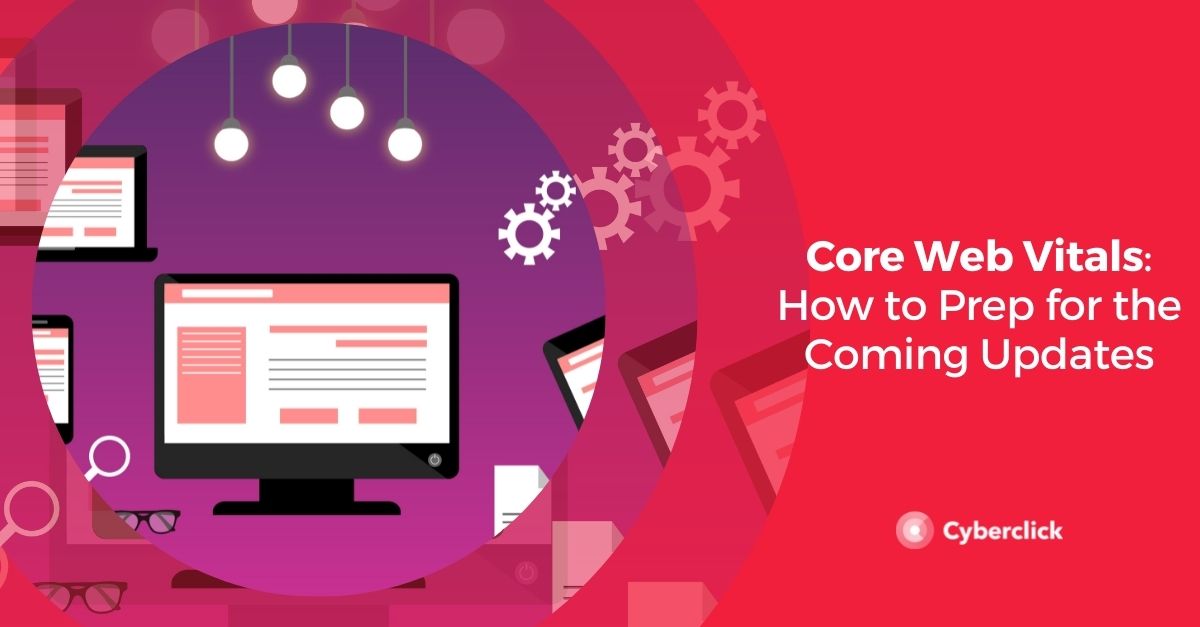As technology continues to evolve at an unprecedented pace, businesses must stay ahead of the curve to remain competitive. In 2025, several key IT trends will shape the landscape, influencing everything from cybersecurity to software development and marketing. Here are the top trends to watch.

1. Zero Trust Cybersecurity
With cyber threats becoming increasingly sophisticated, the Zero Trust model is gaining traction. This approach assumes that no entity—internal or external—should be trusted by default. By implementing rigorous verification processes for every user and device, organizations can better protect sensitive data and systems, significantly reducing the risk of breaches.
2. Quantum Technology
While still in its infancy, quantum computing promises to revolutionize how we process data. This technology can solve complex problems at speeds far beyond the capabilities of traditional computers. As research and development progress, industries such as finance, healthcare, and logistics may find new opportunities for optimization and efficiency through quantum solutions.
3. Robotic Process Automation (RPA)
RPA is poised for expansion as businesses look to automate repetitive tasks and streamline operations. By reducing manual effort, RPA can improve efficiency, minimize human error, and allow employees to focus on higher-value activities. This trend is particularly relevant in sectors like finance and customer service, where automation can significantly improve productivity.
4. Low-Code Software Development
The rise of low-code platforms is democratizing software development. These user-friendly tools allow individuals without extensive technical expertise to create applications and workflows. In 2025, businesses will increasingly leverage low-code solutions to accelerate app development, reduce costs, and foster innovation across departments.
5. Cross-Platform Applications
As consumer preferences shift, the demand for applications that function seamlessly across multiple operating systems is growing. In 2025, developers will prioritize cross-platform compatibility, saving time and resources in the development process. This trend will create a more consistent user experience, regardless of the device being used.
6. Climate Technology Challenge
With climate change at the forefront of global discussions, technologies aimed at reducing environmental impact will take center stage. Investments in innovations such as electric vehicles, carbon capture, and renewable energy sources will increase. Organizations will seek to develop and implement solutions that mitigate environmental damage while driving business growth.
Businesses will also focus on adopting green IT practices, such as energy-efficient data centers and sustainable software development. Organizations will seek to reduce their carbon footprint while also addressing consumer demand for environmentally responsible practices.
7. Global Cybersecurity
As the threat of cyberattacks continues to rise, the need for robust cybersecurity measures will be paramount. Companies will invest in advanced security technologies, including AI-driven solutions, to protect against data breaches and ransomware attacks. Global cybersecurity frameworks and standards will become essential to allow organizations to respond effectively to evolving threats.
8. DevSecOps
Integrating security into the software development lifecycle is becoming critical. DevSecOps practices ensure that security is prioritized from the outset, rather than as an afterthought. By fostering a culture of collaboration between development, security, and operations teams, organizations can build more secure applications while speeding up the release process.
9. Edge Computing
With the proliferation of IoT devices, edge computing will become increasingly important. By processing data closer to its source, organizations can reduce latency and improve efficiency. This trend will be particularly beneficial for industries requiring real-time data processing, such as healthcare and manufacturing. It allows for quicker decision-making and improved operational effectiveness.
10. AI and Machine Learning Integration
As AI and machine learning technologies continue to mature, their integration into business processes will become increasingly common. By leveraging these technologies, organizations can gain insights from vast amounts of data, automate routine tasks, and speed up decision-making. This trend will empower businesses to innovate and stay competitive in a data-driven landscape.
11. The Impact of 5G Technology
The rollout of 5G networks will revolutionize connectivity and data transmission. With faster speeds and lower latency, 5G will facilitate advancements in various applications, from better mobile experiences to smarter IoT devices. Businesses will leverage 5G to improve operations, facilitate remote work, and develop innovative solutions that capitalize on high-speed connectivity.
In conclusion, the IT landscape in 2025 will be shaped by these critical trends, offering both challenges and opportunities for businesses. By staying informed and adaptable, organizations can harness these innovations to drive growth and remain competitive in an ever-changing environment.
Key Account Manager Engineer en Cyberclick. Experto en desarrollo de aplicaciones web e integraciones entre sistemas con más de 10 años de experiencia. Cuenta con una licenciatura en Matemáticas, Ciclo Formativo de Grado Superior en Desarrollo de Aplicaciones Informáticas y Ciclo Formativo de Grado Superior en Desarrollo de Aplicaciones Multiplataforma.
Key Account Manager Engineer at Cyberclick. Expert in web application development and system integrations with over 10 years of experience. He holds a degree in Mathematics, a Higher Degree in Computer Application Development, and a Higher Degree in Multiplatform Application Development.





.jpg)
Leave your comment and join the conversation